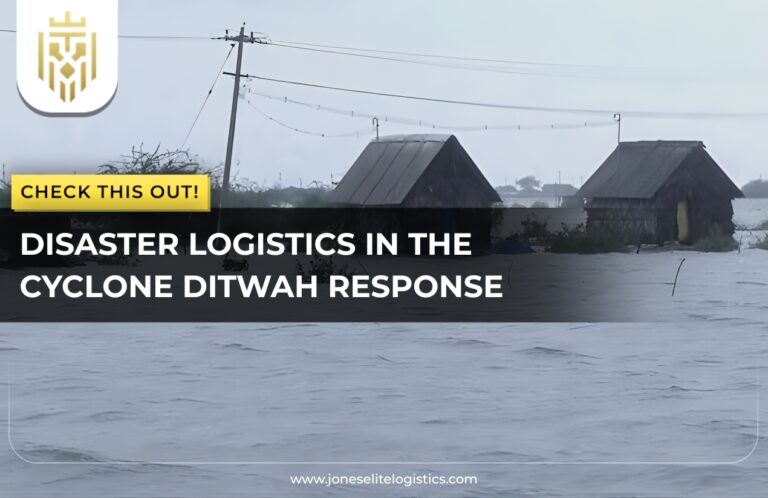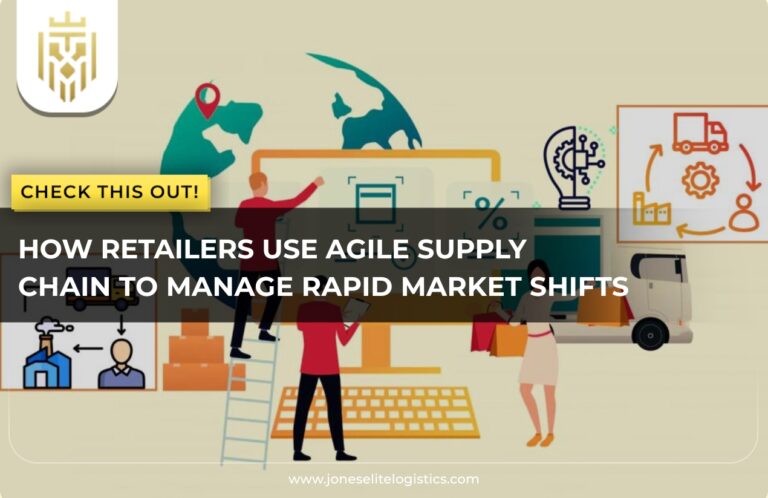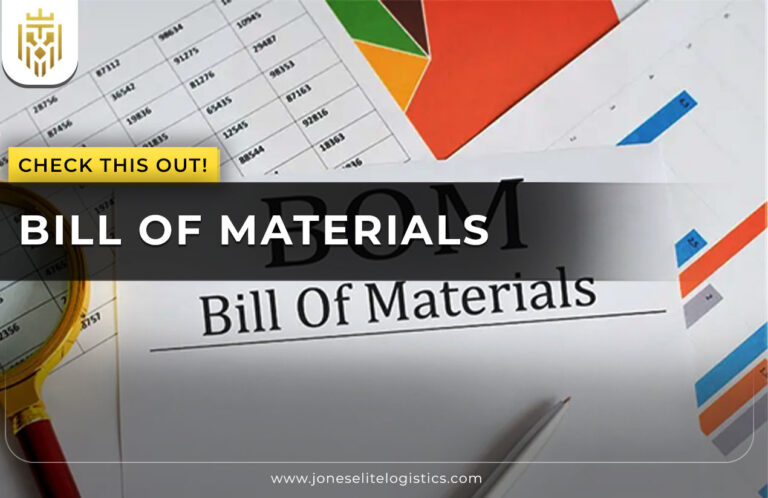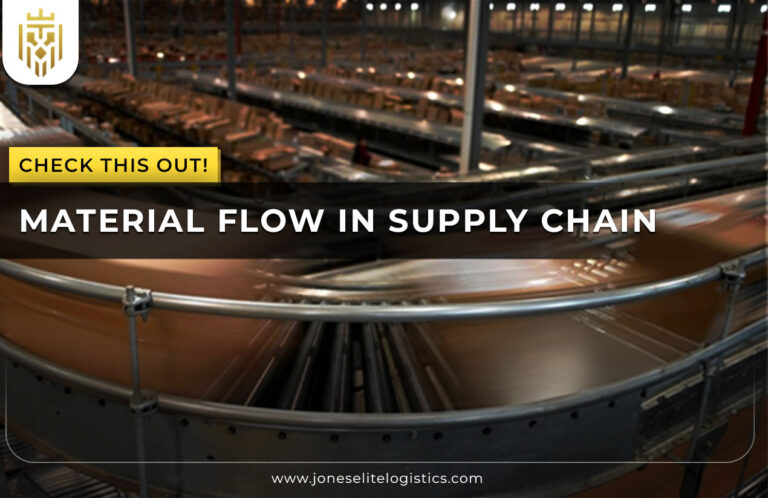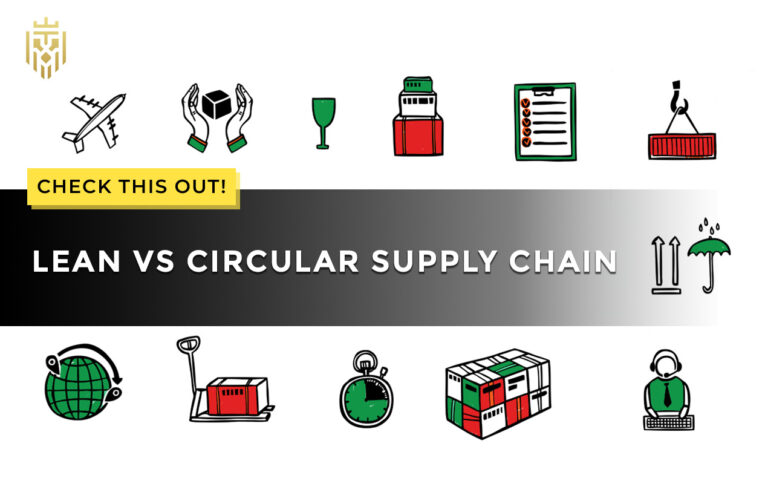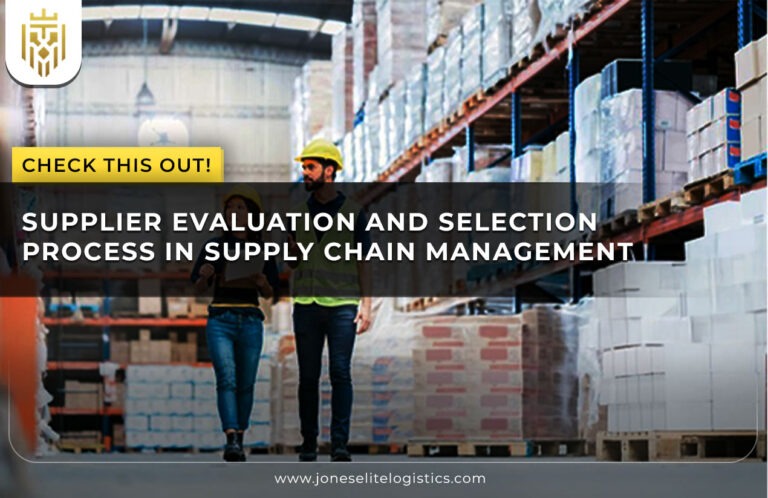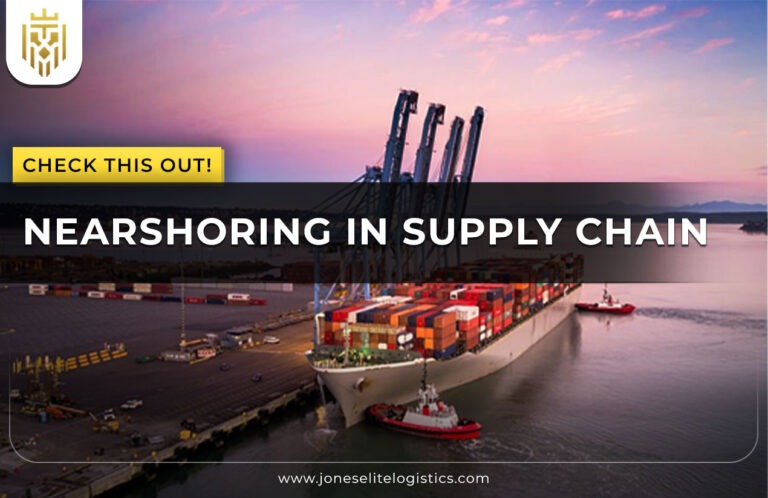What Is Customs Clearance?
Customs clearance means any activity that allows goods to legally enter or leave a country. Such activities include filing the appropriate documents, paying duties and taxes into the treasury as assigned by law, and maintaining compliance with local enforcement regulations. In India, this means working with customs officials at seaports, airports, or land borders to ensure prompt release of shipments while also making sure that every shipment is verified against legal and safety standards.
Why does customs clearance matter?
Customs clearance isn’t just about getting goods through a gate—it’s fundamental to seamless international logistics, cost management, and on-time delivery.
Avoid legal delays
Wrong or incomplete documentation, auditors may say, or inappropriate invoices or HS codes, may lead to fines, detentions or even confiscations. Proper completeness may see all shipments clear customs without any hindrance.
Maintain supply flow
A delay in customs may usher in a backlog in the warehouse and a shortage of inventory, production, and the eventual fulfilment of customers. Smooth clearance helps maintain supply chain continuity.
Cost accuracy
Correct classification and valuation of goods establish accurate duty payment and conveyance of unexpected costs. This assurance aids companies in better forecasting costs and maintaining hefty profit margins.
Enhance reputation
For exporters and importers, consistent, compliant customs processes reflect positively with overseas partners and government bodies. Clearances that go well time and again build trust in your brand and logistics expertise.
Critical Documents You’ll Need
Efficient clearance relies on a well-prepared document suite that satisfies both customs and compliance needs.
Commercial invoice
It is the primary document that shows buyer and seller details, product descriptions, unit prices, total values, and payment terms. Customs levies duties on this document, and banks may require it for payments.
Packing list
It specifies what is in each package, including weight, dimensions, and contents of each box, assisting customs in their verification efforts and in the handling of freight upon arrival.
Bill of Lading / Airway Bill
A legal charter between the shipper and carrier represents ownership and shipping terms. This is essential for clearing goods at ports and for confirmation of the mode of transport.
Certificate of Origin
Issued by the competent authority, this document shows where the goods originated. This may entitle shipments to lower duties under trade agreements or regional treaties.
Customs declaration form
Official entry filed with customs declaring HS codes, value of items, origin, and exporter and importer details. It can be digital or paper and initiates the clearance process.
Additional credentials
Some products, e.g., pharmaceuticals, electronics, chemicals, or agriculture, require additional documents such as licenses, health certificates, or test reports. Missing these can stall clearance.
Common Challenges & Smart Solutions

Even seasoned shippers can run into roadblocks. Here’s a deeper look at common issues—and how to handle them effectively.
Documentation Errors
Most problems stem from simple errors: mismatched information, typos, or exported data from a spreadsheet. Mitigate this by having quality checks, standardised formats, and professional assistance on all fronts.
Misclassification & Incorrect Valuation
You may get your shipment audited, fined, or delayed at customs if you’re declaring your product under the wrong HS code or undervaluing it. Avoid this by using classification software and the services of certified customs brokers.
Inspection Delays
Your container may be stopped for ad hoc checks, hence causing delays to warehouse receipt or production line operations. Beforehand, pack with uniform standards, label clearly, and arrange documents for speedy inspection clearance.
Evolving Regulations
Customs policies often keep evolving from bans on certain imports to shifts in quotas and revisions to duties. Local customs announcements, industry forums, and portal updates are the best channels to stay abreast.
Packaging & Labelling Gaps
Missing country-of-origin labels, fragile stickers, or safety specifications may cause cases of non-compliance. Check that all labelling is compliant with the regulations of every country involved before dispatch.
Audit Preparedness
Customs can audit past shipments years later. Keeping digital, structured records and traceable communication ensures you’re ready for retrospective review.
Best Practices for Smooth Customs Clearance
A proactive, systems-driven approach is key to avoiding delays and cost blowouts.
Prepare documents well before the shipment departs.
The paperwork should be prepared at least 48 hours before departure. This provides an ample window to correct any errors in the documentation that might otherwise cause much delay and incur unnecessary expenses at clearance.
Double-check classification and duty accuracy with experts or software.
The HS code entered erroneously—even a minor one—may be costly. Make sure that your classifications have been checked by automatic tools or customs experts that can abide by them.
Automate filings and status tracking where possible.
Electronic transmissions, or EDI systems, let you have faster processing and visibility into clearance status, thereby minimising the need for manual follow-ups.
Foster communication with carriers, brokers, and customs agents
Keep in close contact with all parties, especially when shipments arrive, and share documents as soon as possible to get quick responses.
Monitor shipment status in real time to preempt delays.
Track container movements and electronic updates to quickly identify delays. So, if the goods hit a customs hold, you can actively intervene instead of reacting.
Role of Brokers & Agents

Customs brokers and clearance agents offer essential expertise, especially for cross-border trade.
Expert filing
Prepare documentation punctually and with the right codes to satisfy proper import/export requirements.
Risk mitigation
Certified agents detect issues before they occur, thereby reducing the risk of penalties, holds, or confiscation of the product.
Efficiency gains
They deal with all paperwork, interaction, and port procedures, thus allowing your team to focus on core activities.
Value-add
Many offer services including consultation on tariffs, duty optimisations, offshore warehousing, and support in the post-clearance audit, saving money and hassles.
Emerging Tech in Customs Clearance
Electronic filing systems (EDI)
Automated digital submission of declarations speeds up clearance, reduces copying errors, and gives instant status updates.
AI-based classification
Machine learning tools analyse product descriptions and images to suggest accurate HS codes, thereby minimising the risk of human misclassification.
Document scanning & OCR
This kind of scanning, backed by AI, digitises invoices and certificates by extracting data rapidly for filing purposes, making it especially useful for large-scale or bulk submissions.
Anomaly detection systems
Machine-learning tools review customs entries and raise alarms on inconsistencies, for earlier correction of issues before they become serious.
FAQs
1) What usually delays customs clearance?
Some common delays may include document errors, alternate interpretation, non-payment of duties, packaging issues, or just a random inspection of the container.
2) Do I need a broker for customs clearance?
Not required, but a customs broker is highly recommended, particularly for cross-border shipments, high-value goods, or shipping through several countries, as they minimise risk and maximise efficiency.
3) What happens during a customs clearance inspection?
Customs officials check your paperwork and physically or electronically inspect the shipment. If all matches the declaration, you get clearance; otherwise, you are told of a discrepancy needing resolution.
4) What is customs clearance?
Customs clearance is a formal procedure wherein a shipment is verified, duties and taxes are assessed, documents are checked, and goods are allowed to enter or exit a country.

